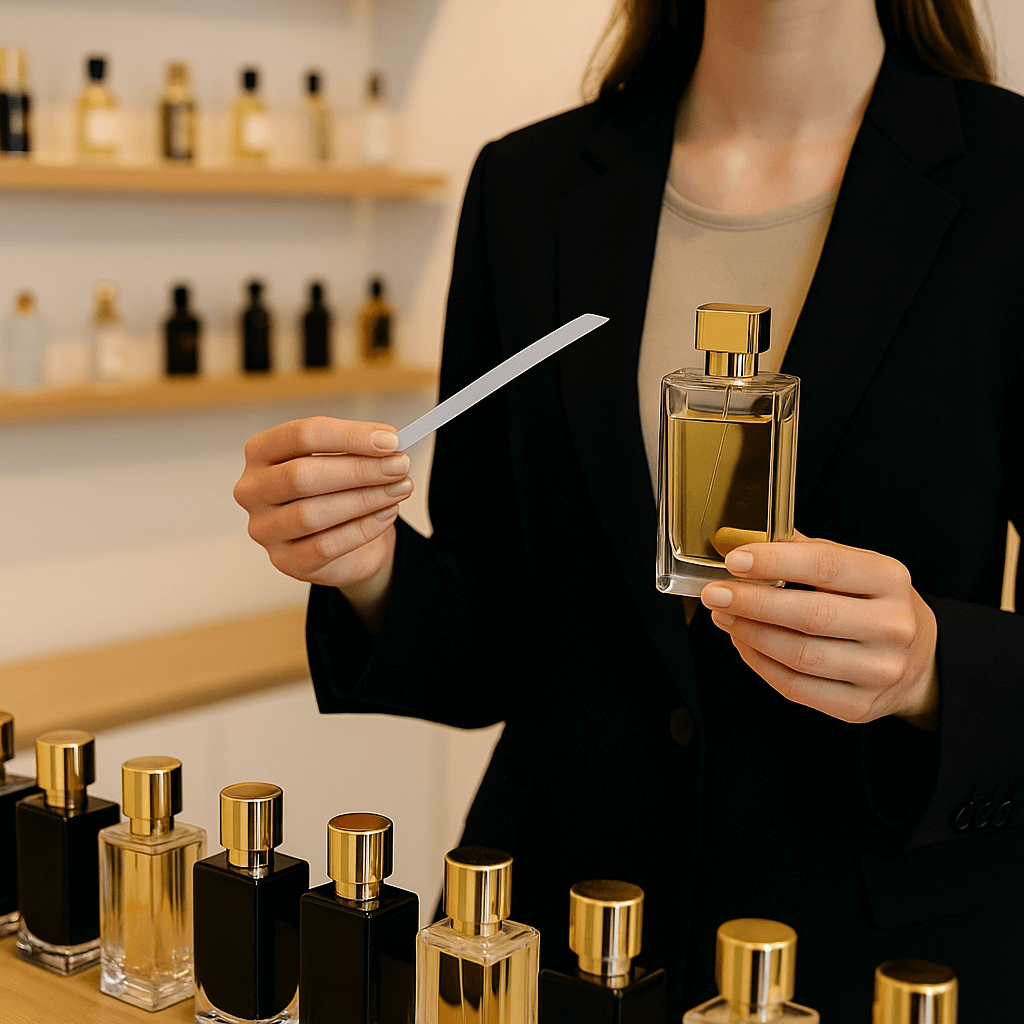When you walk into a store and immediately recognize the warm, woody trail of montale perfume, something clicks. Without seeing a logo or label, you already know where you are. Fragrance becomes identity, silently delivering a brand’s story, values, and target audience. It’s more than a pleasant background—it’s a tool of recognition, loyalty, and differentiation.
Why scent speaks louder than signage
Before the customer even sees your product or hears your tagline, they can experience your brand essence through scent. Smell bypasses rational thinking and hits the emotional core, triggering memory, emotion, and even trust. A strategically chosen aroma can say more than a hundred ad banners.
Research shows that people remember smells with 65% accuracy after a year, while visual recall drops below 50% within just a few months. For retailers, that means a customer may forget your store name—but not how it smelled. That recall helps bring them back.
Luxury hotels have used this for decades. Brands like Ritz-Carlton or Shangri-La create custom scents diffused throughout lobbies, rooms, and even stationary. Retail followed: Abercrombie & Fitch, Hollister, and yes, niche perfume houses like Montale, turn scent into architecture.
Fragrance as a brand signal works best when it’s consistent and deliberate. A mismatch between a store’s visuals and its scent creates dissonance. The goal is unity—a sensory handshake that matches what the brand wants to say.
Crafting a signature scent: where branding meets chemistry
Creating a fragrance that sells isn’t just picking a nice smell. It’s chemistry, psychology, and storytelling blended into one.
The process often starts with identifying emotional anchors. What should the customer feel—relaxed, energized, curious? From there, perfumers build olfactory profiles using base, heart, and top notes that align with the brand character.
For example, a wellness store might lean into eucalyptus, lavender, or mint to evoke clarity and calm. A luxury brand may use oud, leather, and amber to express exclusivity. And minimalist brands often go for clean aldehydes or sheer florals.
The perfume is then tested in context—lighting, temperature, even humidity can alter its projection. That’s why many brands, especially in beauty retail, commission in-store scent mapping before rollout.
A great case study is how montale perfume builds identity around powerful, long-lasting blends. These are not fleeting top notes; they create spatial presence. Customers associate the aroma not just with the product, but with the location itself.
When scent becomes architecture
In physical retail, fragrance becomes a structural component, as crucial as flooring or lighting. Designers now treat it like a material, one that defines the feel of a space without being seen.
Some stores use HVAC scent diffusers for consistent coverage. Others prefer zonal scenting, where specific areas have their own profile—like calming lavender in lounge zones, energizing citrus at entry points.
More advanced retailers align scent with time-of-day cycles: warming spices during winter mornings, crisp mint during afternoon hours. This micro-adjustment supports circadian-friendly experiences, which are particularly effective in wellness or beauty-focused stores.
Fragrance also aids wayfinding. Customers subconsciously remember scented zones and use them to navigate. Imagine recognizing the checkout counter by its vanilla blend or the fitting room area by light sandalwood.
For multi-location stores, scent unifies identity. A store in Paris and one in Tokyo may have different layouts, but the same signature scent instantly triggers brand memory.
Mistakes to avoid when scenting your brand
While scent has power, it can backfire if done carelessly. Brands often fall into predictable traps:
- Choosing a scent solely based on executive preference
- Over-saturating the space with strong oils
- Using inconsistent diffusers or poor-quality cartridges
- Forgetting to test in real-life conditions (foot traffic, AC flow)
- Not training staff to handle scent feedback from customers
Sometimes, what smells pleasant to one demographic might be irritating to another. That’s why A/B scent testing in multiple regions is crucial, especially for global brands.
Brands should also avoid masking unpleasant smells (like cleaning agents or storage) with heavy perfume. It’s better to neutralize first and then build scent on a clean base. Otherwise, the mix feels artificial and can drive people away.
Fragrance is not a band-aid—it’s a design element. Poor execution will not go unnoticed.
Turning scent into strategy: what the best brands do
Successful scent branding is never random. Here’s what the most forward-thinking brands get right:
- They treat fragrance as part of brand guidelines, just like font or color
- They involve professional noses—not just marketing teams
- They think long-term: scent should evolve but remain recognizable
- They invest in training staff to understand and talk about the scent
- They extend scent into merchandise: candles, cards, tester kits, etc.
By treating scent as part of customer experience, brands extend their story. It’s no longer just about what’s on the shelf, but about the invisible layer of memory and mood that sticks.
Some brands even build scent trails through streets near flagship stores, creating a pre-entry experience. Others collaborate with local artists or perfumers to embed locality into aroma.
The boldest use scent as content. They post behind-the-scenes videos of scent development, share interviews with perfumers, or explain the note structure on digital signage. All of this builds value and intimacy.
Want to dive deeper into how scents shape customer behavior? Check out the article “How scents in stores influence mood and purchase decisions”, where we explore the psychology of smell and its impact on retail.
Questions and answers
Yes—starting with limited scent zones or a simple diffuser can create impact without major investment.
Only seasonally or when branding shifts. Frequent changes reduce recall and weaken identity.
Absolutely—if it’s too strong, misplaced, or misaligned with your audience, it can cause discomfort or negative association.

